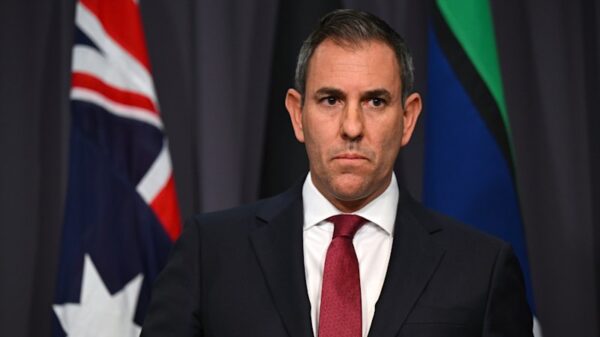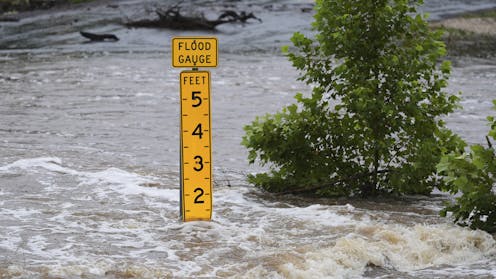Flash floods, such as those that occurred on the Guadalupe River in Texas on July 4, 2025, highlight the complexities of effectively communicating flood risks to communities. Despite the availability of advanced flood prediction models and warning systems, ensuring public safety requires more than just technology; it necessitates a profound understanding of human behavior and communication practices.
The Human Element in Emergency Communication
Research led by experts like Keri K. Stephens has shown that individuals who have previously experienced flooding tend to have a heightened awareness of the associated risks. In contrast, those who have not faced such disasters often lack an understanding of various flood threats, including storm surges and flash floods. It is crucial for emergency responders to engage the entire community in preparedness activities, such as warning drills, to enhance collective readiness.
Messages intended to convey flood risks play a significant role in public response. Through collaboration with the Texas Water Development Board, Stephens’ team has developed resources aimed at helping local flood officials categorize and communicate essential information. Traditional warnings, such as “Turn Around Don’t Drown,” may not resonate universally. More targeted messages, like “Keep Your Car High and Dry,” have been crafted to connect with younger adults who prioritize their vehicles and may underestimate flood dangers.
A common sentiment expressed by community members during interviews reveals a disconnect: “Another flash flood warning. We get these all the time. It’s never about flooding where I am.” This statement underscores a critical challenge in flood communication, as individuals often interpret warnings differently based on their geographic proximity to the event. Some may associate warnings with technical data from streamflow gauges, while others rely on mobile alerts or sirens.
Effective Communication Strategies
Informal communication networks also play an integral role in disseminating flood warnings. Emergency managers often communicate directly with local businesses and organizations, ensuring that key community members are informed. This human-centered method can provide reassurance that warnings have been received, a guarantee that automated systems may not always provide, especially during power outages or technical failures.
Research indicates that effective warning messages should encompass five essential elements: a clear hazard description, location-specific details, actionable guidance, timing cues, and a credible source. The Federal Emergency Management Agency (FEMA) has established an integrated public alert and warning system (IPAWS) to assist authorities in crafting effective messages. While IPAWS is a powerful tool, it faces limitations, such as the need for proper training among emergency managers and the potential for messages to reach unintended audiences.
Community-specific alert systems, which allow residents to opt in for targeted notifications, can supplement these efforts. However, these systems require community awareness and participation, as well as regular updates to contact information. Social media platforms have emerged as a vital communication channel, although they predominantly reach specific demographics, which may not represent the entire community.
The effectiveness of these strategies often hinges on redundancy—utilizing multiple channels to deliver messages. Research underscores the need for repeated warnings to cultivate a sense of urgency. As former Natural Hazards Center Director Dennis Mileti noted, interpersonal communication can be more immediate: “The wireless emergency alerts system is fast. Mama is faster.”
Professionals from agencies such as the National Weather Service, FEMA, and the Federal Communications Commission have expressed concerns about warning fatigue. This phenomenon occurs when individuals become desensitized to alerts due to their frequency, potentially undermining the urgency of genuine threats. Further research is necessary to explore the nuances of warning fatigue and its implications for public safety.
Ultimately, effective emergency communication requires tailored messages that resonate with distinct audiences. Building strong community networks alongside technological systems enhances the likelihood of successful outreach. Ongoing studies in the United States and abroad aim to refine these strategies, ensuring they are grounded in behavioral insights.
A comprehensive approach to communication also involves testing the entirety of the warning system, from threat identification to community response. While technology can aid decision-making, it cannot replace the critical human element in emergency situations. As the landscape of emergency communication evolves, prioritizing a collaborative and informed community will remain essential for safeguarding lives during floods and other natural disasters.
Research conducted by Keri K. Stephens has received funding from the Texas Water Development Board, Texas General Land Office, and the National Science Foundation. The findings mentioned have undergone peer review, reflecting the views of the author rather than the funding bodies involved.



























































